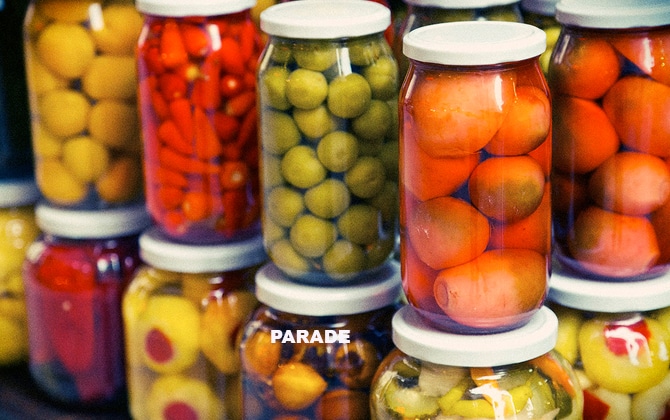Dr Andrew Tucker discussed how to preserve antibiotics at the CS Vet
information day in October. He said that antibiotics have been used without
humans knowing it since ancient times whether in the form of mouldy bread,
plants, milk soured with frog bile or warm soil, all of which contained
bacteria or moulds with antibacterial properties.
It was only after Lister in
the late 1800’s and Flemming in the early 1900’s started to actively
investigate these phenomena, that “antibiotic” became a word and
concept that we know today.
Antibiotics are a precious resource that must be preserved, Dr Tucker said.
“Antibiotic resistance is one of the biggest public health challenges of our
time. Each year in the US, at least 2 million people get an
antibiotic-resistant infection, and at least 23,000 people die.
“It should be the responsibility of the farmer, veterinarian and those working
in our industry to actively search for alternatives to antibiotics and
implement all practical measures of reducing the use thereof.
“Maintaining
excellent biosecurity, responsibly sourcing gilts, gilt exposure, environmental
control, phase feeding and vaccination are just some of the things that can be
done to decrease the dependency on antibiotics,” he said.
CS Vet has acquired permission to run on farm trials of new products in a high
health, commercial piggery with 450 pigs per batch. “We hope to report back
next year with possible alternatives to support decreasing the use of
antibiotics in the piggery.”
The South African Pork Producers’ Organisation (SAPPO) coordinates industry interventions and collaboratively manages risks in the value chain to enable the sustainability and profitability of pork producers in South Africa.
















